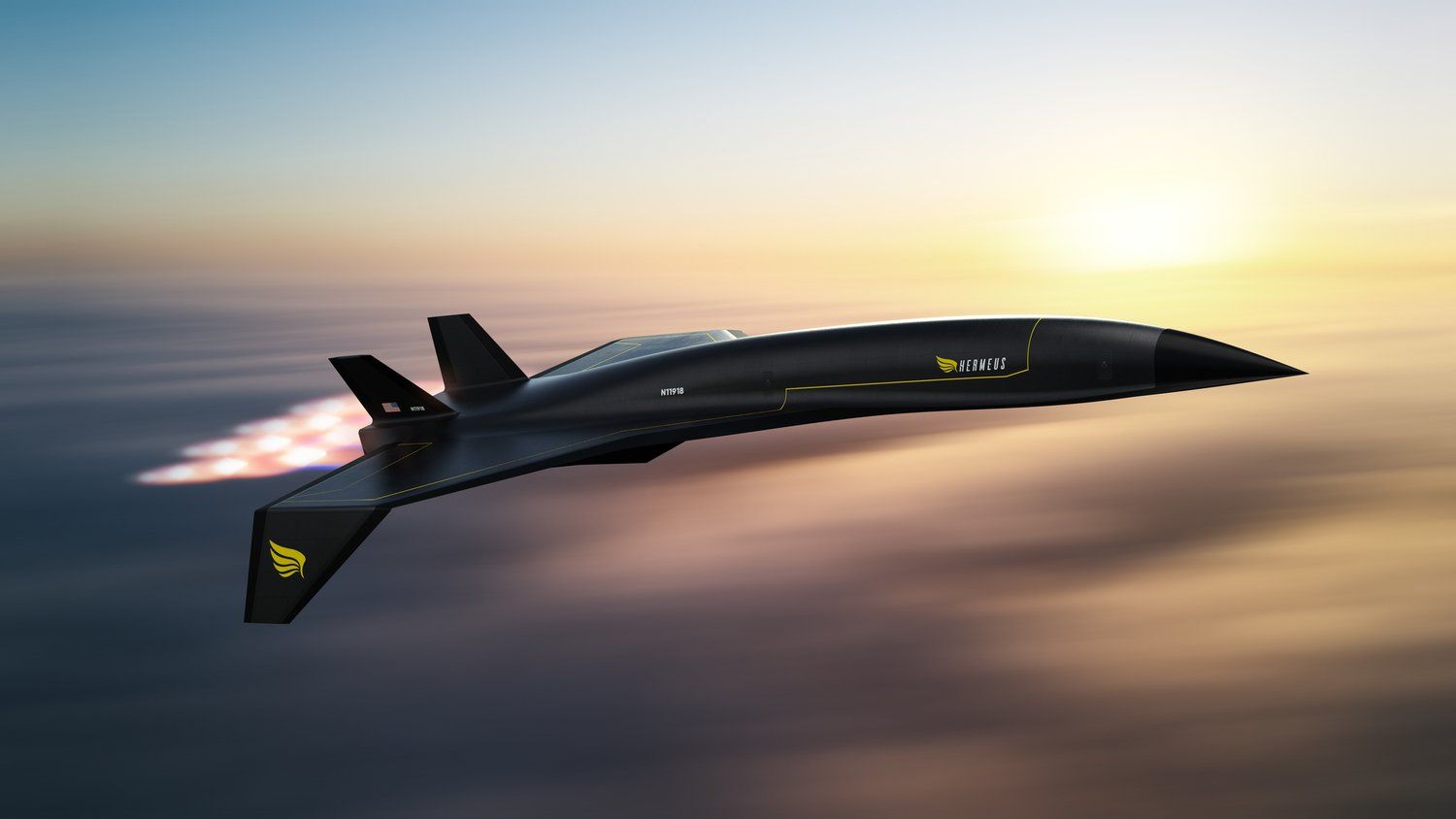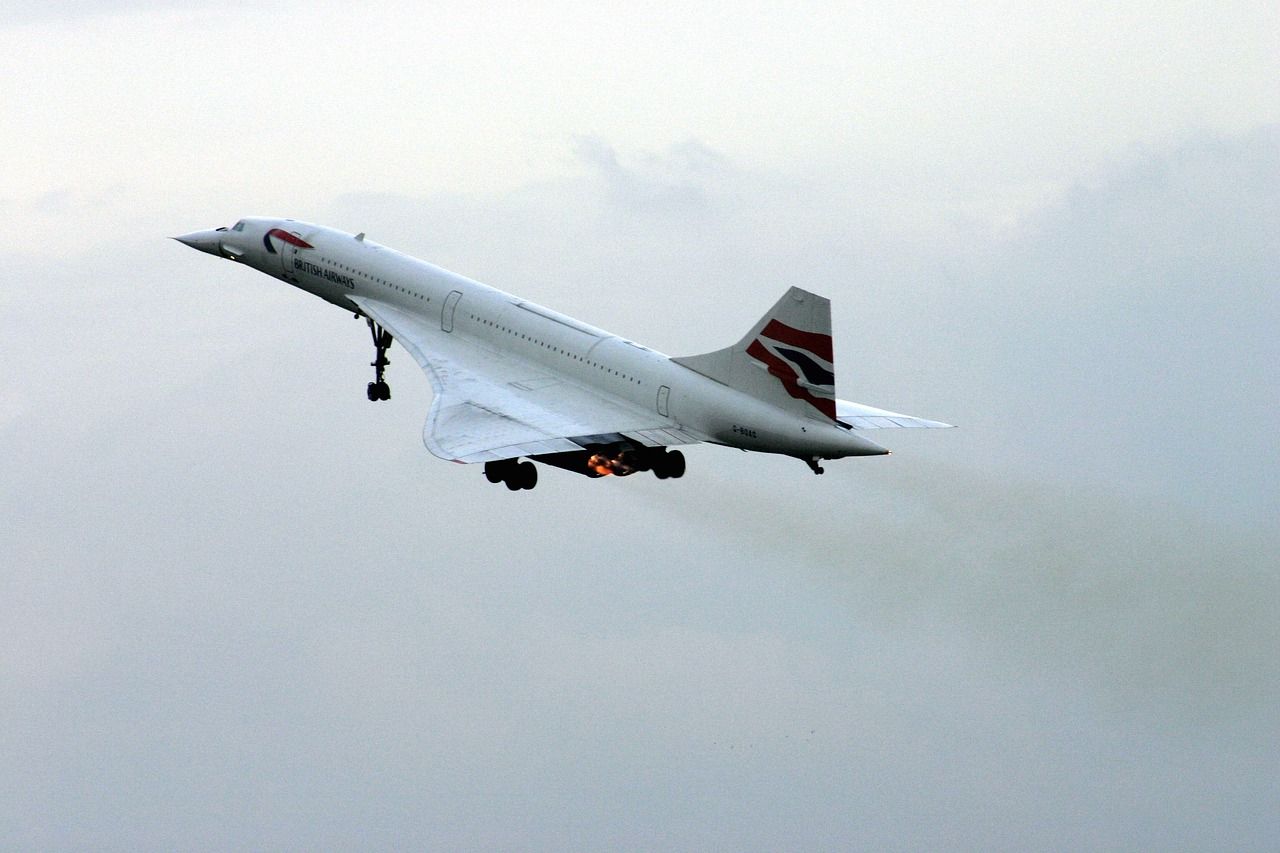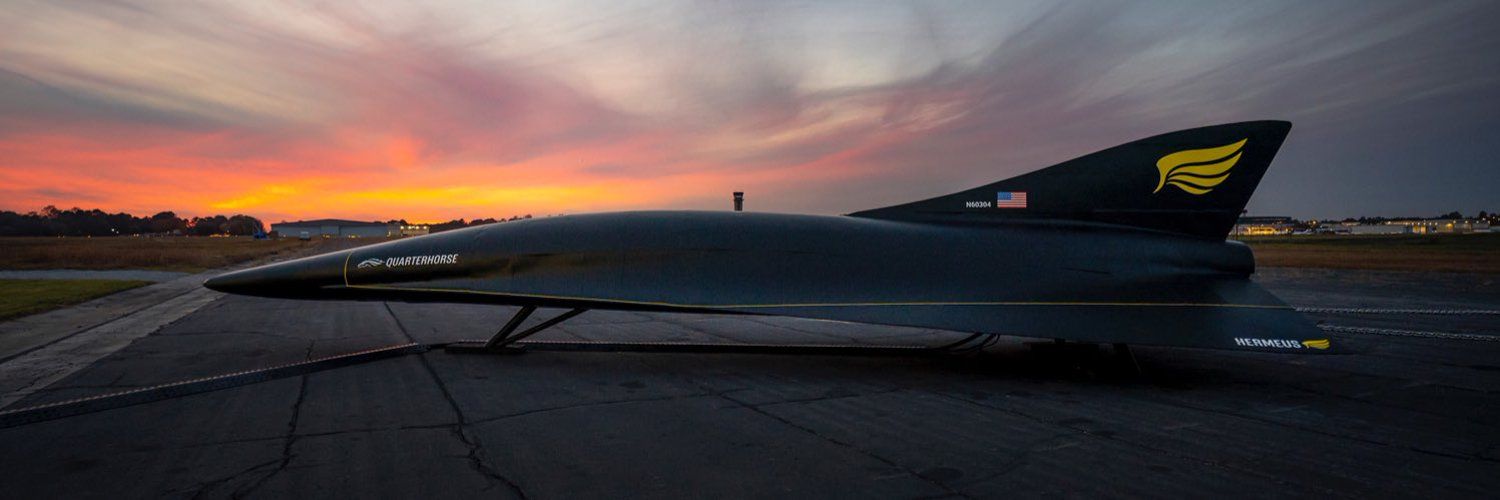
✈ The future is hypersonic
It's been twenty years since the Concorde flew for the last time. But with advancing technology, some of which is space-derived, we may soon be able to travel faster than ever.
Share this story!
Ever since the advent of flight, speed has been of great fascination for many. For commercial airlines, the rate was initially essential to compete with rail. But the military saw the importance of speed to enable bombers to evade fighter interception. And subsequently, for fighters to be able to perform their primary mission: intercept ever faster enemy bombers.
From the relatively modest 30mph of the Wright Flyer in 1903, the speed steadily grew to 1'350mph of the Concorde in 1967 and later on to the SR71 spy plane's standing record of 2,190mph from 1976. After these speed records, there has been stagnation.

Anti-air missiles could outrun any bomber, and many modern military aircraft are slower than their precursors. At the same time, a combination of rising fuel prices and bans on sonic booms over land made supersonic airliners reserved for wealthy business people.
However, it seems like there's a renewed interest in fast airliners. For example, startup Boom Supersonic aim to create an aircraft capable of speeds of up to Mach 1.7 with net-zero emissions. As wild as that seems, some want to go much faster: hypersonic. Or, in layman's terms: exceed velocities of five times the speed of sound.
At such speeds, passengers could travel anywhere on earth in a couple of hours. These extreme velocities are more reminiscent of space travel than traditional flight, which might explain the selection of companies pursuing this future segment.
First out is, of course, SpaceX. The company describes point-to-point travel on their homepage and how Crew Dragon and Starship could be used for these goals. Semi-competitor Virgin Galactic has also mentioned the idea and collaborated with NASA to explore the feasibility.
And then we have companies explicitly founded to make hypersonic aircraft. Hermeus is an Atlanta-based startup developing a small range of craft powered by their Chimera engines, expanded versions of off-the-shelf jet engines. Next year, the company intends to test-fly their scaled-down test vehicle, the Quarterhorse, and have a supersonic passenger plane ready in 2029.

The United States isn't the only one with this dream. According to a recent CNN article, Space Transportation, a Beijing-based startup, has gathered $47 million in backing. This company also aims to fly a prototype next year and make a human-crewed flight in 2025, and then a full-scale flight by 2030.
So regardless if you're a general fan of aviation, a speed freak, or just want to treat your special someone with their favorite dish from Zanzibar, this is optimistic news.

By becoming a premium supporter, you help in the creation and sharing of fact-based optimistic news all over the world.



